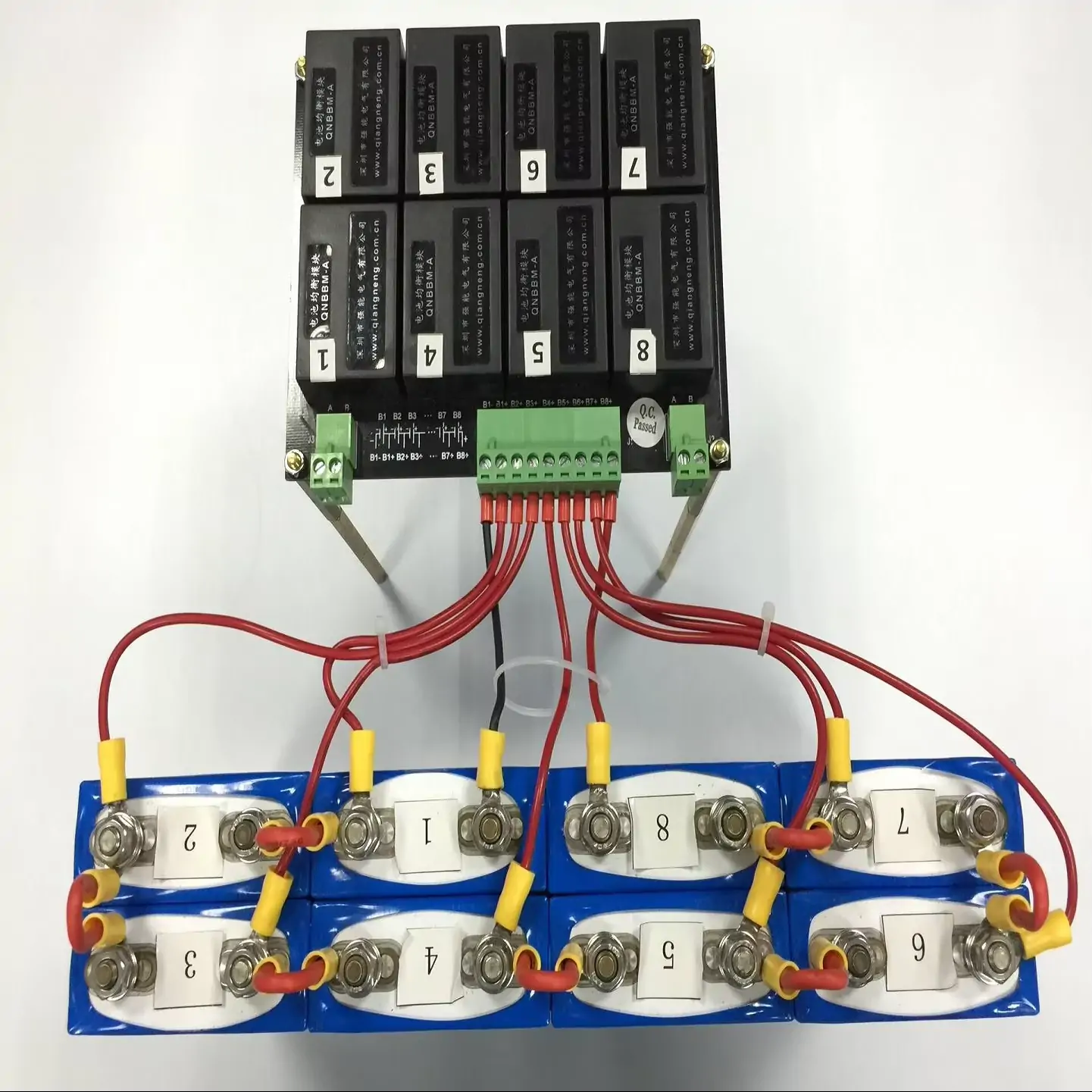 |
Welcome To Evlithium Best Store For Lithium Iron Phosphate (LiFePO4) Battery |
 |

Balancing LiFePO4 batteries is not just a good practice—it's essential for maintaining the performance and longevity of your entire battery pack. Proper balancing ensures that each cell within the pack operates harmoniously, which is crucial for both efficiency and safety.
LiFePO4 battery balancing refers to the process of equalizing the voltage and charge across all cells in a battery pack. When we assemble multiple cells into a battery pack, ideally, each cell should have the same voltage, capacity, and state of charge. However, due to manufacturing variances and external factors during transport, even brand-new cells can differ slightly. These differences can become more pronounced over time, leading to imbalances that affect the pack’s overall performance.
For example, a cell with a lower capacity will charge more quickly and reach full charge before others. If this cell is part of a battery pack, it will limit the charging capacity of the entire pack. Conversely, during discharge, this same lower-capacity cell will deplete faster, reducing the overall usable capacity of the pack. Additionally, variations in voltage can lead to inconsistent cut-off points during charging and discharging, which not only reduces performance but also poses safety risks such as overcharging or over-discharging, potentially causing permanent damage.
In essence, the weakest cell in your pack will dictate the pack's capacity, while the strongest cell will determine the cut-off voltage. This is often referred to as the "barrel effect"—the idea that the overall capacity is limited by the weakest link. To optimize the performance and safety of your LiFePO4 battery pack, balancing is not just recommended—it’s necessary.

There are two primary methods for balancing LiFePO4 batteries: top balancing and bottom balancing. While traditional approaches often rely on these methods, modern technology has introduced more precise and efficient tools like balancers, which are now commonly used.
Top Balancing involves fully charging all the cells to their maximum voltage before assembling them into a battery pack. This method is ideal if you want to optimize the charging process, ensuring that all cells reach full charge simultaneously.
Bottom Balancing requires discharging all cells to a minimum safe voltage before assembling them. This approach is better suited for optimizing the discharge process, ensuring that all cells deplete their charge evenly.
Choosing between top and bottom balancing depends on how you intend to use your LiFePO4 battery pack. The key takeaway is that balance is crucial, regardless of the method you choose.
If you don’t have access to a balancer, you can still balance your battery cells manually. Here’s how:
Measure Cell Voltage: Use a multimeter to measure the voltage of each cell in your battery pack.
Organize Cells: Record the voltage of each cell and arrange them from highest to lowest (or vice versa).
Connect Cells in Parallel: Parallel connections are safer and more effective for balancing because they allow higher-voltage cells to transfer charge to lower-voltage cells naturally.
Monitor the Process: Allow time for the cells to balance out. The higher-voltage cells will gradually transfer charge to the lower-voltage ones until equilibrium is reached.
Verify Balancing: Use your multimeter again to ensure that all cells are now balanced in terms of voltage.
Choose Your Method: Depending on your needs, perform top or bottom balancing as a final step.
After balancing, don’t forget to install a good Battery Management System (BMS). A BMS monitors your battery pack’s parameters, preventing issues like overcharging, over-discharging, and over-current situations, and it can also help maintain cell balance over time.
Balancing LiFePO4 batteries is a critical step that’s often overlooked, especially by those new to DIY battery projects. However, this process is vital for ensuring that your battery pack performs well and lasts as long as possible. Proper cell balancing not only optimizes performance but also enhances the safety and longevity of your LiFePO4 battery pack.
Edit by paco
All Rights reserved © 2025 Evlithium Limited